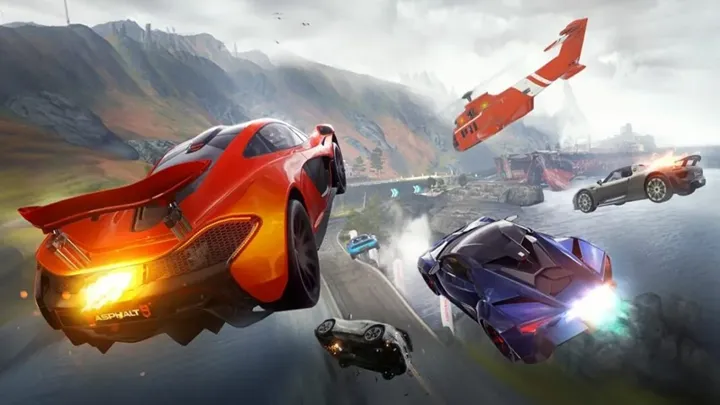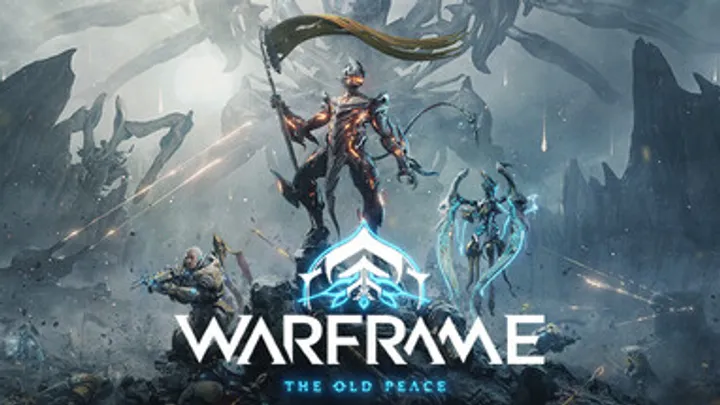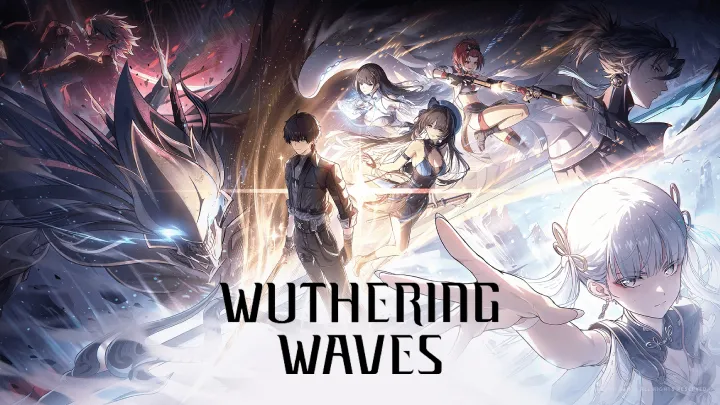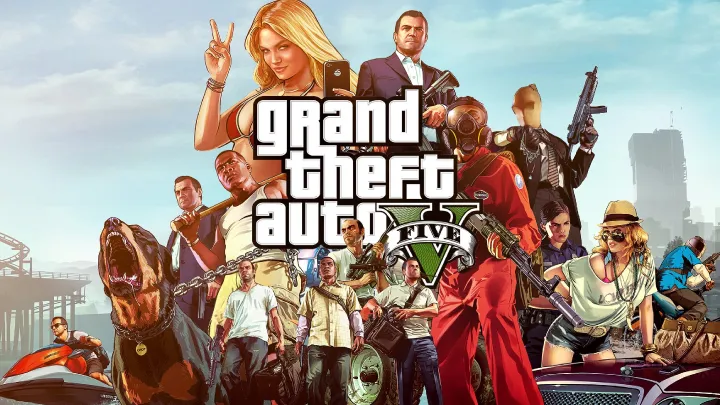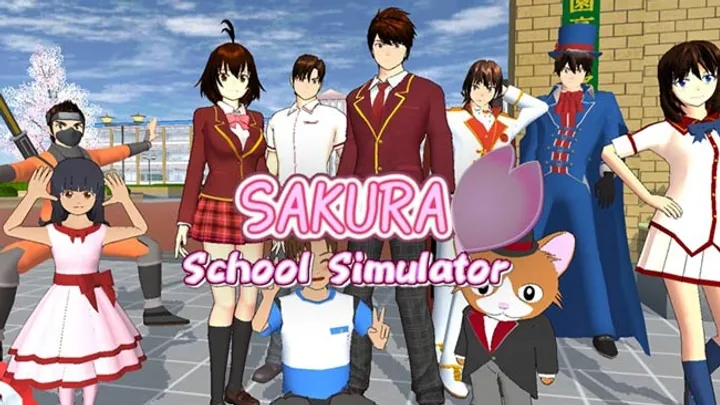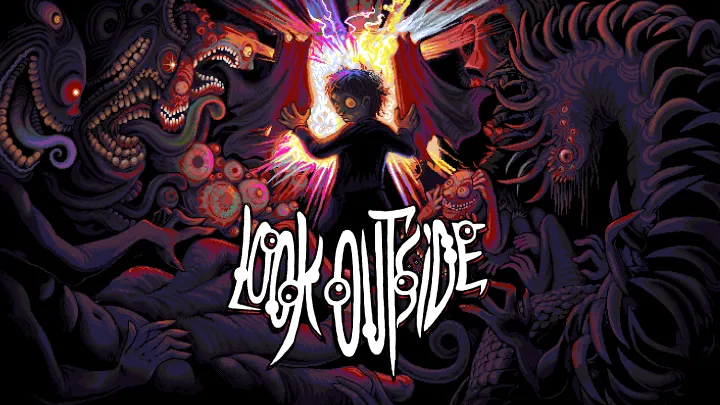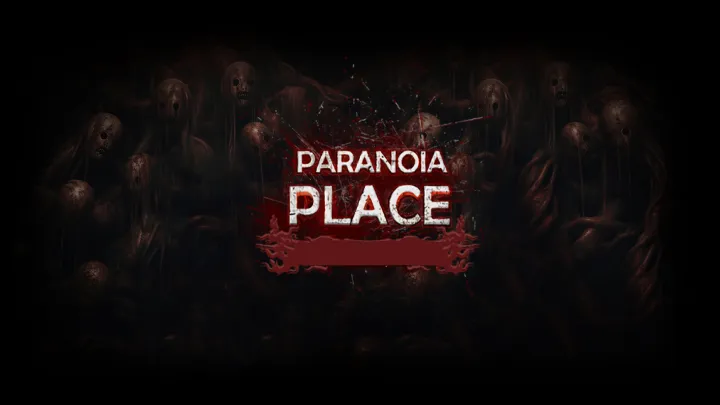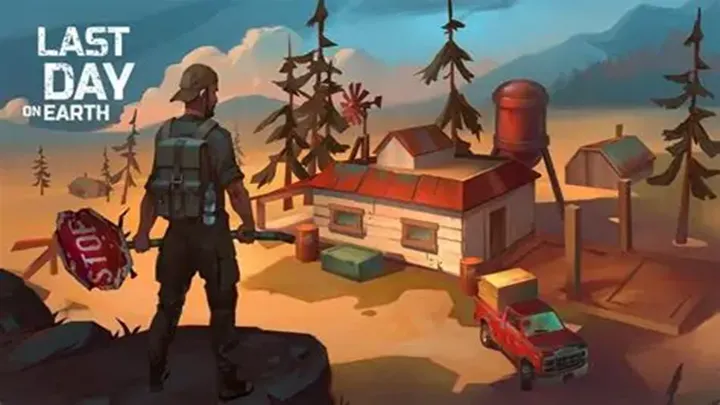
How to Play Last Day on Earth: Survival Efficiently and Stay Alive Longer
Learn how to play Last Day on Earth: Survival by managing resources, farming zones safely, using stealth combat, crafting efficiently, and planning long-term progression to survive longer and progress faster.
December 24, 2025
How to Play Asphalt 9: Legends Effectively: Master Driving, Nitro, and Win More Races
Learn how to play Asphalt 9: Legends effectively by mastering driving mechanics, nitro management, track knowledge, car upgrades, and multiplayer positioning to win more races and progress faster.
December 24, 2025
How to Play Stardew Valley Efficiently: Manage Time, Energy, and Progress Faster
Learn how to play Stardew Valley efficiently by managing time and energy, choosing profitable crops, upgrading tools wisely, completing Community Center bundles, and progressing smoothly without wasting days or stamina.
December 24, 2025
Free Fire x NARUTO SHIPPUDEN: How to Play, Improve, and Win Matches Step by Step
Learn how to play Free Fire x NARUTO SHIPPUDEN with a complete how-to guide covering skills, combat tactics, movement, strategy, and winning matches consistently.
December 24, 2025
Top 5 Finance Apps and the Silent Reshaping of Financial Judgment
Explore how top finance apps subtly influence financial judgment, risk perception, and responsibility through convenience-driven interface design.
December 24, 2025
Editor Choice
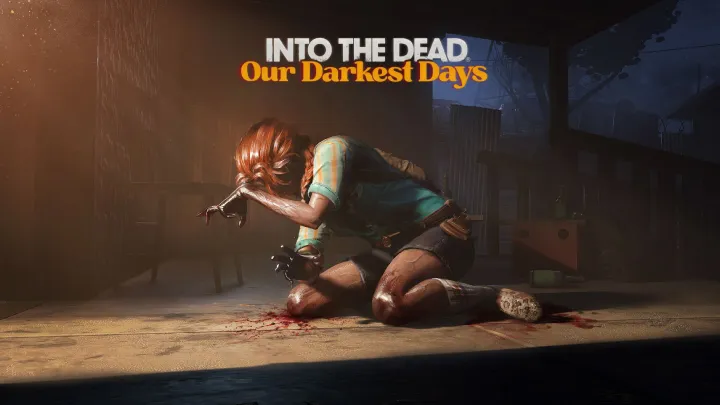
Into the Dead: Our Darkest Days
Into the Dead: Our Darkest Days delivers a thrilling survival horror experience with its tense atmosphere and strategic gameplay, celebrating a unique 1980s zombie twist.
Warframe
Warframe stands as a testament to the evolution of the action genre, delivering fast-paced gameplay, deep mechanics, and an engaging narrative that resonates with players.
Wuthering Waves
Wuthering Waves is a bold, stylish RPG that pushes the boundaries of what a gacha title can offer
Grand Theft Auto V
Grand Theft Auto V delivers a legendary open-world adventure with its expansive world and cinematic storytelling, celebrating a unique action experience.
Steal a Brainrot Roblox
A chaotic, addictive tycoon that thrives on social interaction and emotional investment — both a playground and a battlefield for Roblox players.
Most Popular
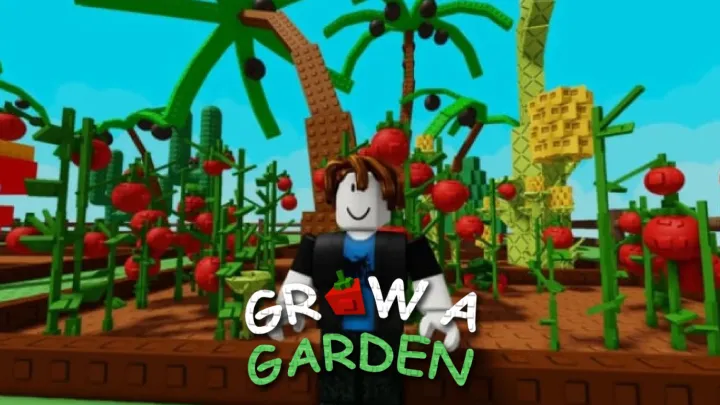
Roblox: Grow a Garden

AION2
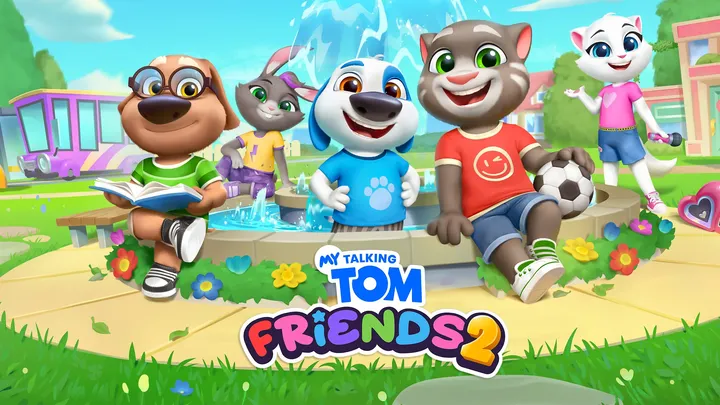
My Talking Tom Friends 2
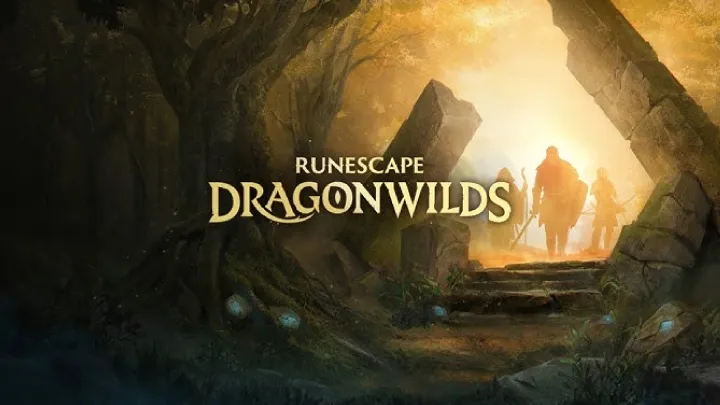
RuneScape: Dragonwilds
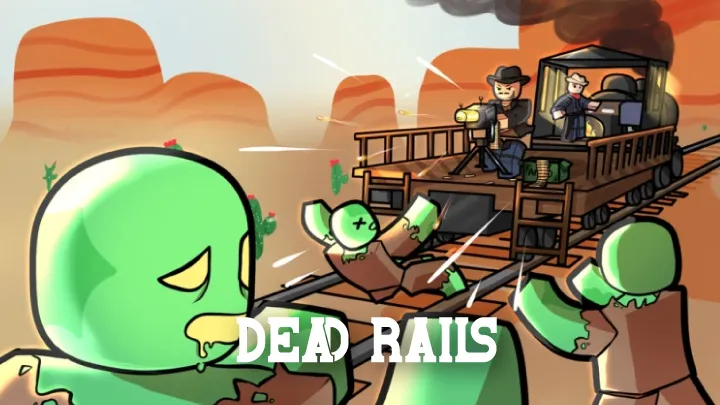
Roblox: Dead Rails

BeamNG.drive
News

The Challenges of Character Balance in Apex Legends
Apex Legends is vital for maintaining diverse gameplay, requiring ongoing developer engagement and community input.
December 22, 2025
Lastest Reviews
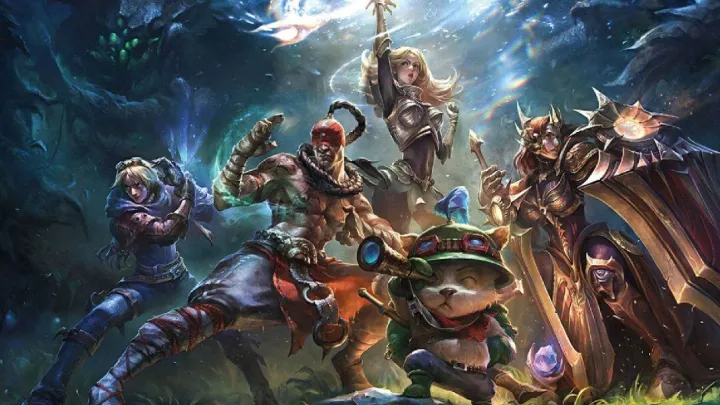
In-Depth Exploration of Toxicity in League of Legends
December 22, 2025
Read more
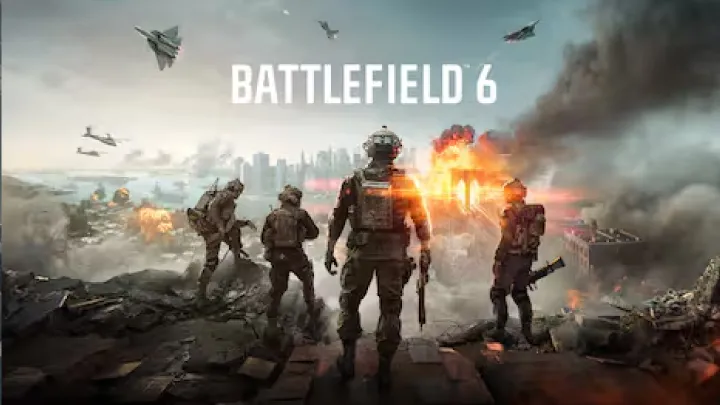
Battlefield 6: The Evolution of Gameplay and Community Dynamics
December 22, 2025
Read more
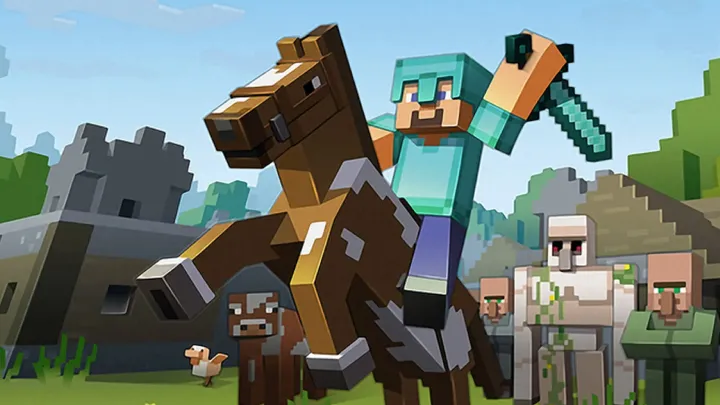
Exploring the Challenges of Content Moderation in Minecraft
December 22, 2025
Read more
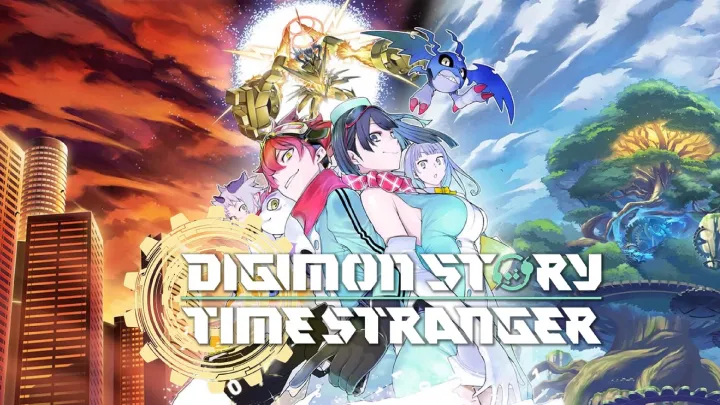
Unpacking the Narrative Themes in Digimon Story: Time Stranger
December 22, 2025
Read more
